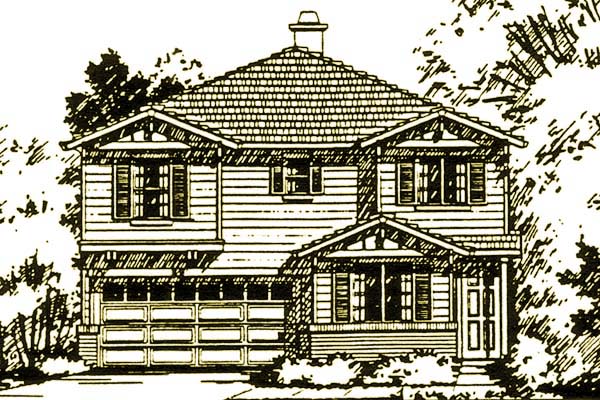JOINTURE
Understanding Jointure in Real Estate
In the realm of real estate law, the concept of jointure holds historical significance and legal implications, particularly in the context of marital property rights and the allocation of interests in freehold estates. Stemming from common law traditions, jointure represents a unique provision tailored to safeguard the interests of married individuals, primarily wives, in the disposition of property rights. Delving into the intricacies of jointure unveils its relevance in shaping the dynamics of property ownership and inheritance, shedding light on its role in pre-marital arrangements and the substitution of dower rights.
Origins and Purpose
Historically, jointure emerged as a prenuptial arrangement designed to secure a wife's financial well-being in the event of her husband's demise. By creating a freehold estate that would take effect upon the husband's death, jointure offered a measure of protection and provision for the wife, ensuring her entitlement to a designated property interest following her husband's passing. Notably, jointure served as an alternative to dower, which traditionally entitled a widow to a one-third interest in her deceased husband's real property.
Legal Framework and Evolution
Under common law principles, jointure was structured to confer a life estate upon the wife, thereby granting her a secure and autonomous interest in real property after her husband's death. This legal mechanism not only provided financial security for the surviving spouse but also facilitated the orderly transfer of property rights within the marital framework. Over time, the concept of jointure has evolved in response to changing legal landscapes and societal norms, shaping the contours of marital property rights and estate planning strategies.
Relevance in Contemporary Real Estate
While the traditional form of jointure may have undergone transformations in modern legal systems, its legacy continues to resonate in contemporary real estate practices. The principles underpinning jointure, including the allocation of property interests and the protection of spousal rights, bear relevance in the context of estate planning, property succession, and the interplay of marital assets. Understanding the historical underpinnings and legal implications of jointure can inform individuals and legal professionals as they navigate the intricacies of property law and marital property rights.
Conclusion
In the tapestry of real estate law, jointure stands as a testament to the enduring interplay of legal tradition, marital rights, and property interests. Its historical roots and enduring relevance underscore the nuanced dynamics of property ownership within the context of marriage and inheritance. By comprehending the legacy and legal significance of jointure, stakeholders in real estate and family law can navigate the complexities of property rights and marital arrangements with clarity and foresight, honoring the historical legacy of jointure while adapting to the evolving landscape of property law and marital property rights.
In the tapestry of real estate law, jointure stands as a testament to the enduring interplay of legal tradition, marital rights, and property interests. Its historical roots and enduring relevance underscore the nuanced dynamics of property ownership within the context of marriage and inheritance. By comprehending the legacy and legal significance of jointure, stakeholders in real estate and family law can navigate the complexities of property rights and marital arrangements with clarity and foresight, honoring the historical legacy of jointure while adapting to the evolving landscape of property law and marital property rights.
MORE REAL ESTATE TERMS
A, B, C, D, E, F, G, H, I, J, K, L, M, N, O, P, Q, R, S, T, U, V, W, X, Y, Z
Featured New Home

Featured Mortgage Brokers
- HIGH TECH LENDING INC, CITRUS HEIGHTS, CA
7777 GREENBACK LN STE 210
CITRUS HEIGHTS, CA 95610 - Priority Mortgage Corp., mortgage broker in Worthington, OH
150 E Wilson Bridge Rd Ste 350
Worthington, OH 43085 - WELLS FARGO BANK NA, DES MOINES, IA
1 HOME CAMPUS # 4801-196
DES MOINES, IA 50328 - HOMESTAR FINANCIAL CORPORATION, WINDER, GA
133 W ATHENS ST STE I
WINDER, GA 30680 - Intercap Lending, mortgage broker in Albuquerque, NM
5600 Wyoming Blvd NE Ste 20
Albuquerque, NM 87109